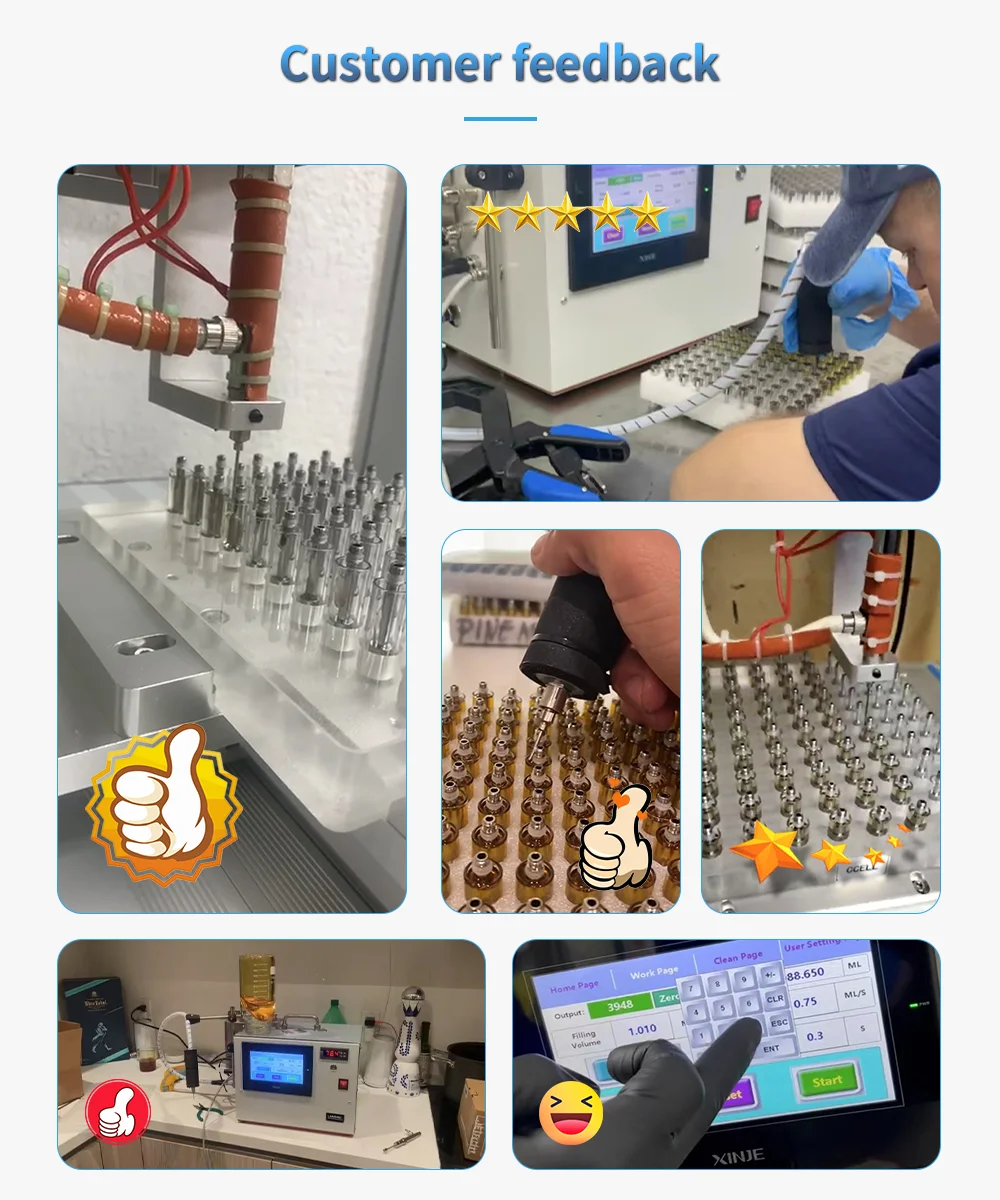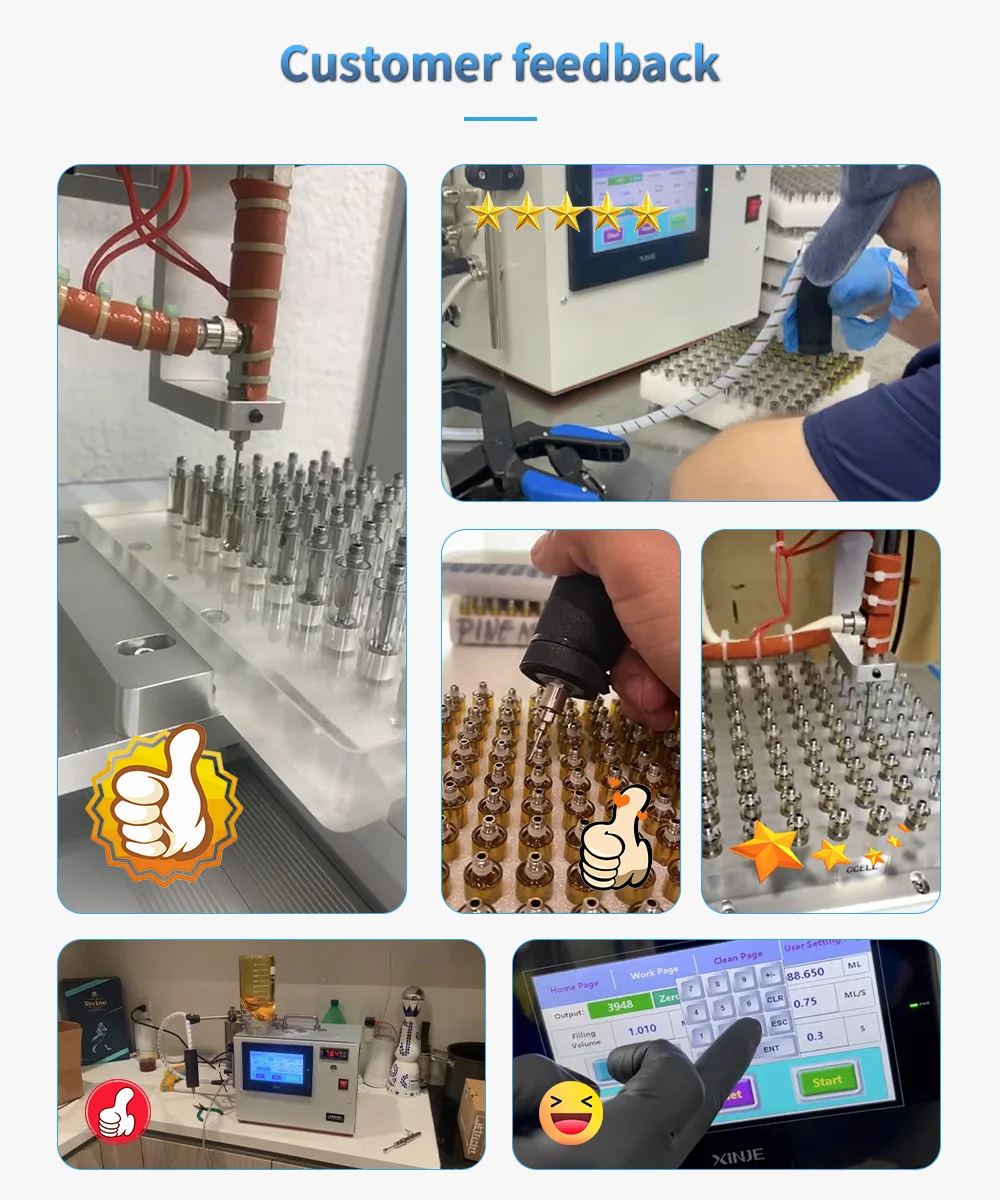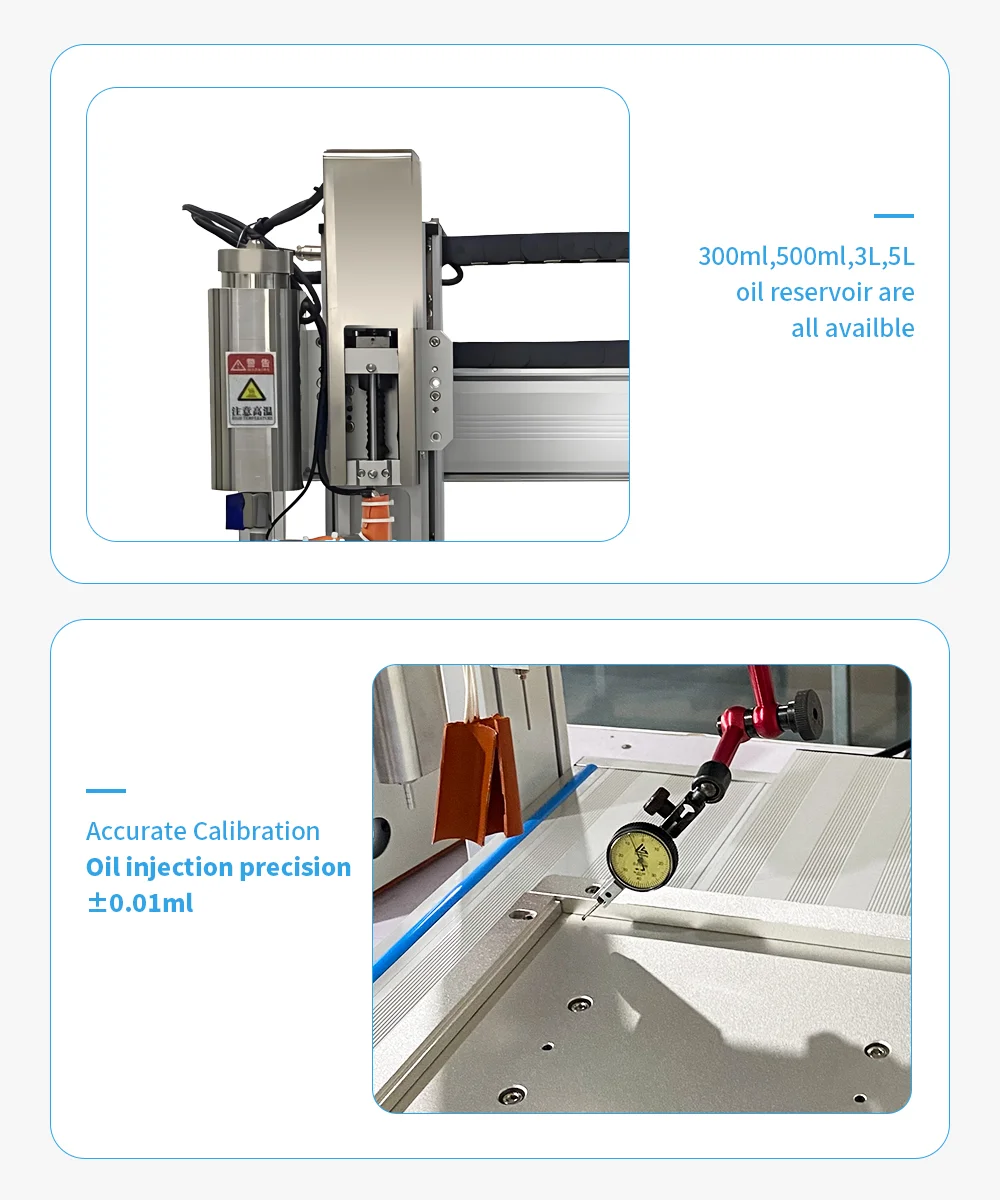It’s a Balancing Act to Fill Cartridges with Live Resin or Live Rosin
In this article, we will explore what makes Live Resin and Live Rosin distinct, why they present challenges for filling machines, and how to choose the right oil filling equipment to ensure smooth, efficient, and accurate cartridge filling.
Comparison Table: Live Resin Vs. Live Rosin
Characteristic | Live Resin | Live Rosin |
Extraction Method | Hydrocarbon extraction (butane/propane) | Solventless extraction (heat and pressure) |
Viscosity | More runny, lower viscosity | Thicker, higher viscosity |
Consistency | Liquid, often runny | Waxy, thick consistency |
Terpene Profile | Rich in terpenes, retains natural aroma | Terpene-rich, but slightly less pronounced |
Solvents | Uses solvents (butane, propane) | No solvents used |
Preferred For | Consumers seeking potent effects and strong aroma | Consumers seeking cleaner, solvent-free products |

Before diving into the challenges of filling cartridges with Live Resin and Live Rosin, it’s important to grasp the fundamental differences between these two cannabis concentrates.
Live Resin is made from cannabis that is frozen immediately after harvest, allowing the extraction process to preserve the maximum amount of terpenes. This concentrate is created using hydrocarbon solvents like butane or propane, which result in a product that is rich in flavor and aroma, closely reflecting the original plant. Live Resin is known for its potency and aromatic richness, offering a full-spectrum experience that appeals to those seeking robust effects.
In contrast, Live Rosin is created without solvents, using heat and pressure to extract oil from freshly frozen cannabis flowers or hash. The outcome is a thicker, more waxy oil, which is denser than Live Resin and has a more solid texture. This solvent-free process makes Live Rosin a cleaner, more natural concentrate, ideal for consumers who prefer products without chemical residues.
Despite these differences, both concentrates present unique challenges for cartridge filling. Their high viscosity and thick, sticky nature can cause difficulties in handling with standard filling machines, which are typically designed for less viscous liquids. Special adjustments or equipment are needed to ensure a smooth and accurate filling process without compromising the quality of the concentrate.
Why These Oils Push Filling Machines to the Limit
Filling cartridges with Live Resin and Live Rosin presents unique challenges due to their distinct properties, which significantly affect the efficiency and precision of the filling process. Here are the main factors that push filling machines to their limits:
Viscosity Variations: One of the primary challenges with both Live Resin and Live Rosin is their temperature-sensitive viscosity. As the temperature decreases, both oils become considerably thicker, which makes them harder to handle. On the flip side, higher temperatures can cause them to become too runny. These viscosity fluctuations require filling machines to be highly adaptable, maintaining consistent flow and precise dosing regardless of changes in the oil’s consistency. This necessitates tight control over both temperature and machine settings to ensure smooth operation and accurate filling.
Sticky and Thick Consistency: Both oils are inherently sticky and viscous, meaning they are prone to clinging to surfaces, leading to potential clogs or residue buildup on the filling equipment. This can disrupt the flow and consistency of the filling process, causing waste, contamination, or delays in production. To keep the process efficient and hygienic, regular cleaning and maintenance are crucial. Otherwise, the buildup of residue can interfere with the machine’s performance, increasing downtime and the risk of product defects.
Need for Precision: Live Resin and Live Rosin are often sold in small, high-value quantities, which makes accuracy in the filling process critical. A slight miscalculation in the amount of oil dispensed into each cartridge can result in product inconsistencies, potency variations, or waste. Maintaining precise measurements is essential to preserve the integrity of the product and meet the quality expectations of both manufacturers and consumers.


Air Bubbles and Leaks: Due to their thick consistency, these oils are particularly vulnerable to air bubble formation during the filling process. Even small pockets of air can compromise the appearance and quality of the final product, potentially leading to uneven filling or cartridge leaks. Effectively managing air bubbles is essential to ensure that the cartridges are filled uniformly and remain stable. Any failure to address this issue can lead to product spoilage, compromised stability, and customer dissatisfaction.
The handling of Live Resin and Live Rosin requires specialized equipment designed to accommodate their unique physical properties. The complexity of these oils calls for precision, temperature control, and hygiene, making them more challenging to fill than conventional oils. Ensuring these factors are addressed effectively is essential for maintaining product quality and meeting consumer expectations.
Finding the Right Oil Filling Equipment
When filling Live Resin and Live Rosin, selecting the appropriate oil filling machine is critical. These concentrates are thicker and more viscous than traditional oils, requiring specialized machines to ensure consistent and efficient filling. Below are the essential features to consider when choosing the right equipment for these complex oils.
Temperature Control
Live Resin and Live Rosin are highly sensitive to temperature, and even minor fluctuations can significantly impact their viscosity. As the oils cool, they thicken, while higher temperatures can make them too runny. To maintain the oils at their ideal consistency, temperature-controlled filling machines are essential. This feature ensures smooth flow and precise dispensing, preventing issues like clogging or spillage. Accurate temperature management helps maintain both operational efficiency and the quality of the final product.
For instance, the Longwill’s FM-07 Auto Robo Filling Machinefeatures advanced temperature control, making it well-suited for handling the viscosity changes of Live Resin and Live Rosin. This control ensures that the oils remain at the optimal viscosity throughout the filling process, which is critical for maintaining consistent quality and preventing issues like clogging or spillage.

Precision in Volumetric Filling
Given that Live Resin and Live Rosin are typically high-value concentrates, accuracy in filling is paramount. A slight variation in the amount of oil dispensed can lead to product inconsistencies, waste, or customer dissatisfaction. Oil filling machines with volumetric filling capabilities offer adjustable settings that allow for precise control over the amount of oil dispensed into each cartridge. This ensures consistent product potency, minimizes waste, and maintains quality across all batches.
Anti-Clogging Features
Due to their sticky and viscous nature, Live Resin and Live Rosin are prone to clogging and residue buildup inside filling equipment. To mitigate these issues, filling machines need to include anti-clogging mechanisms such as larger nozzles, smooth internal surfaces, and specialized sealing systems. These features prevent the oils from adhering to internal components, ensuring smooth and continuous filling without interruptions.
The FM-07 Auto Robo Filling Machine excels in this area, as its anti-clogging design ensures a continuous, smooth flow of oil, reducing downtime and preventing disruptions during production. This design is essential for maintaining efficiency and avoiding the issues that arise from clogged machinery, ensuring that production runs smoothly.
Vacuum or Pressure-Assisted Filling
A common challenge when filling Live Resin and Live Rosin is the formation of air bubbles, which can lead to leaks, uneven fills, and product instability. Vacuum or pressure-assisted filling systems are highly effective at reducing air pockets during the filling process. These systems help ensure that the oils are dispensed evenly, reducing the risk of air bubbles and ensuring that the final product remains stable, uniform, and of high quality.
The FM-07 Auto Robo Filling Machine integrates vacuum-assisted filling technology, effectively eliminating air bubbles during the filling process. This results in more uniform cartridge fills, improving product stability and extending shelf life.
Ease of Cleaning and Maintenance
Given the sticky nature of these oils, it’s essential that oil filling machines are easy to disassemble and clean. Regular maintenance is necessary to avoid cross-contamination between batches, reduce downtime, and maintain a hygienic environment. Machines with easy-to-clean designs enhance operational efficiency and facilitate quick transitions between different oil types, minimizing disruptions in production and ensuring consistent product quality.
Adaptability to Varying Viscosities
The viscosity of Live Resin and Live Rosin can vary due to factors like ambient temperature and batch consistency. Therefore, it’s crucial to select filling machines that can accommodate these fluctuations. Customizable settings allow the equipment to adapt to changes in oil thickness, ensuring that the machine performs optimally, regardless of viscosity changes. This flexibility guarantees consistent, reliable filling, even when the oils’ characteristics shift between batches.
Conclusion
Filling cartridges with Live Resin or Live Rosin requires a delicate balance between temperature, viscosity, and precision. These oils, while highly valued for their purity and potency, present challenges to traditional filling machines. To overcome these hurdles, manufacturers must invest in specialized oil filling equipment designed to handle the unique properties of these oils.











